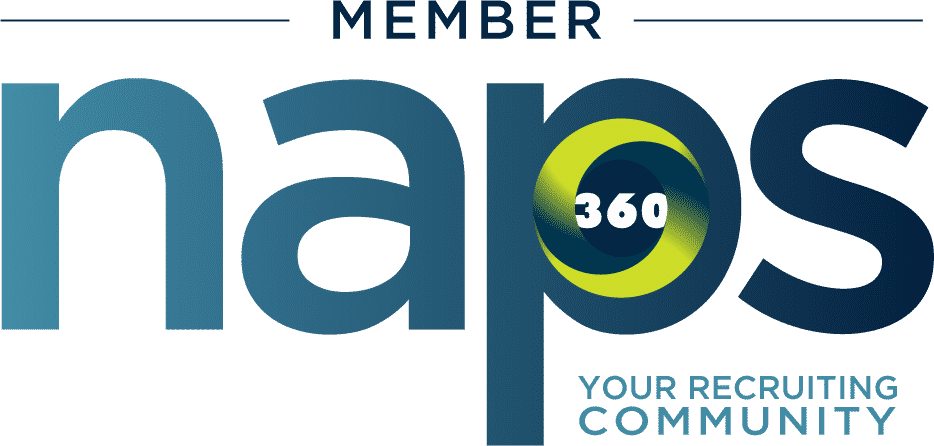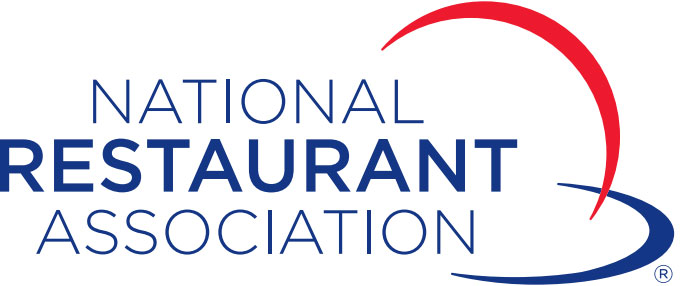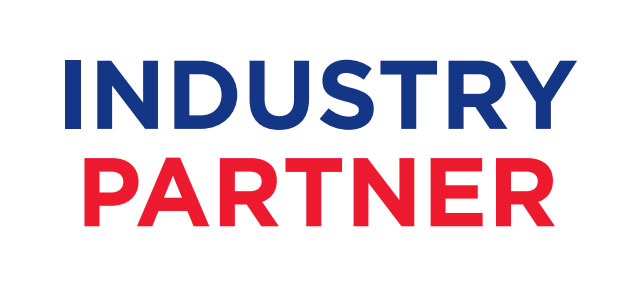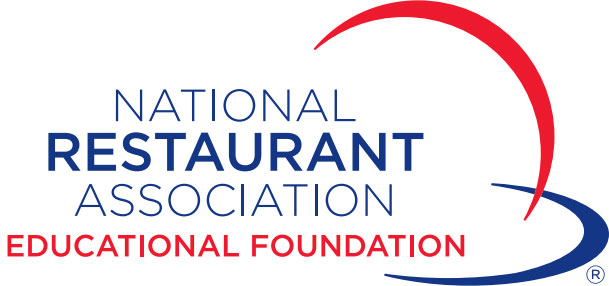If trust is the glue of all relationships, it must be pretty potent! What is trust? Oxford dictionary defines trust as a “firm belief in the reliability, truth, ability, and strength of someone or something.” e.g., relationships have to be built on trust. The concept of trust is discussed everywhere, from the boardroom to the employee locker room.
In business, trust is often the difference between winning and losing—people who build a trusted brand work in teams that trust each other. A high-performing team is a group of people who have a shared vision and values and feel a sense of safety and belonging. Conversely, the absence of trust creates an unproductive dynamic that distracts from building consensus, harmony, and cohesion.
What is the leader’s role in building happy, high-performing teams?
In teams big and small, the leader is the “chief vision and culture officer.” Leadership is the ability to create cultural cohesion that brings out the best in everyone on the team. So, what is the first step in building dream teams?
Of course, everything rises and falls with the leader. I believe the first step in building the team of your dreams is the leader’s ability to be self-aware. After all, if a leader lives in la-la land thinking their team worships the ground they walk on and everything is peachy-keen, a wake-up call is in order. We have all worked for “Bossholes” who believe that they are the most important person on the team.
Trust is built over time by consistently displaying behavior that confirms a belief system in the team. Great leaders are followed not by their position or title but by what they represent to the team. A team gives the leader permission to by their leader. A team in America (outside of the military) is a volunteer organization, as seen during the Great Resignation.
Self-Awareness
With trust as the not-so-secret ingredient of great teams, the journey starts with increasing the self-awareness of the leader or manager. Several analogies describe the lack of self-awareness. One I learned in a leadership seminar over twenty years ago was “the green tail theory.“ A common challenge for managers is having difficult conversations with the blissfully unaware. The “green tail” is an analogy for those blindspots that people have that are so difficult to point out. The story goes- “if one person tells you that you have a green tail, they are liars! If two or three people tell you that you have a green tail, there is a conspiracy against you! If you consistently hear that you have a green tail- perhaps you should turn around to examine your green tail!
Another self-awareness analogy is “front of the t-shirt/back of the t-shirt.” The t-shirt represents your self-image versus your reputation. The front of the t-shirt has words describing how you want the world to see you. The back of the t-shirt has words describing what the world thinks of you.
It can be a painful journey to self-awareness. I believe it is crucial to create a mechanism in the workplace that allows for self-examination that leads to self-awareness. I recommend using the Platinum Rule instead of the Golden Rule. The Platinum Rule focuses on treating people as they need to be treated instead of how you would want to be treated. Understanding what individuals need from you as a leader is a crucial ingredient of trust-building. Empathetic concern is an essential leadership skill in the New Era Workplace.
The Platinum Rule
The Platinum Rule requires a mechanism that measures individuals’ needs that drive their behaviors. There are countless behavioral assessment tools like Myers-Briggs and Disc. I have taken and employed many assessments that increase self-awareness, but the most effective for the workplace is The Predictive Index (PI). PI has a sixty-five-year track record of accurately assessing an individual’s basic needs in the workplace and understanding where that individual will be most happy and productive. “The right person on the right seat on the bus.”
An organization that builds self-awareness into the employee HR life-cycle, starting with recruiting and onboarding, is an organization that will eliminate much of the dysfunction inherent in human interaction. For example, humans are wired for self-preservation, which often leads to defensiveness and mistrust. Building self-awareness into the culture increases understanding and acceptance of others.
Leadership
The landmark Jim Collins book published in 1999, Good To Great: Why Some Companies Make the Leap and Others Don’t, shared results from a five-year study of eleven companies that achieved incredible business results. The CEOs at the helm of these companies were an unusual group, and they all subscribed to the same counterintuitive leadership style.
Collins described these leaders as a paradoxical mix of personal humility and professional will. They were ambitious but not for themselves. Instead, they strived to achieve greatness for the company and focused on people development. In contrast, the comparison companies had leaders with gargantuan egos that contributed to the organization’s demise. Moreover, CEOs like GE’s Jack Welsh dominated leadership philosophy at the time. Welsh’s style was a tough-minded, results-or-die approach. It was a remnant of the Industrial Revolution where the overlord drove results by treating people like cogs in a machine.
Perhaps a more accurate moniker for the Great Resignation is the Great Jailbreak! The New Era Workplace is a purpose-driven, flexible, employ-centric domain. Concepts like intentional culture, servant leadership, and shared values dominate the language of this new workplace. There is a new covenant between the employer and the employee. The new boss is our shared beliefs and values.
What have you learned?
Why is it so painful for some leaders to take the self-awareness journey? Again, I can speak from experience as I often describe myself as a “reformed asshole.” That first step toward self-awareness was terrifying! The early days of the journey were filled with self-loathing and regret. Next came self-forgiveness. I didn’t know how to be a better leader because I modeled the behaviors of my superiors. Once I stopped taking myself so seriously, started to connect with people as people, and opened myself to empathy and vulnerability, I began to travel the road to happy destiny.
Author, Ed Doherty
Founder One Degree Coaching, LLC








